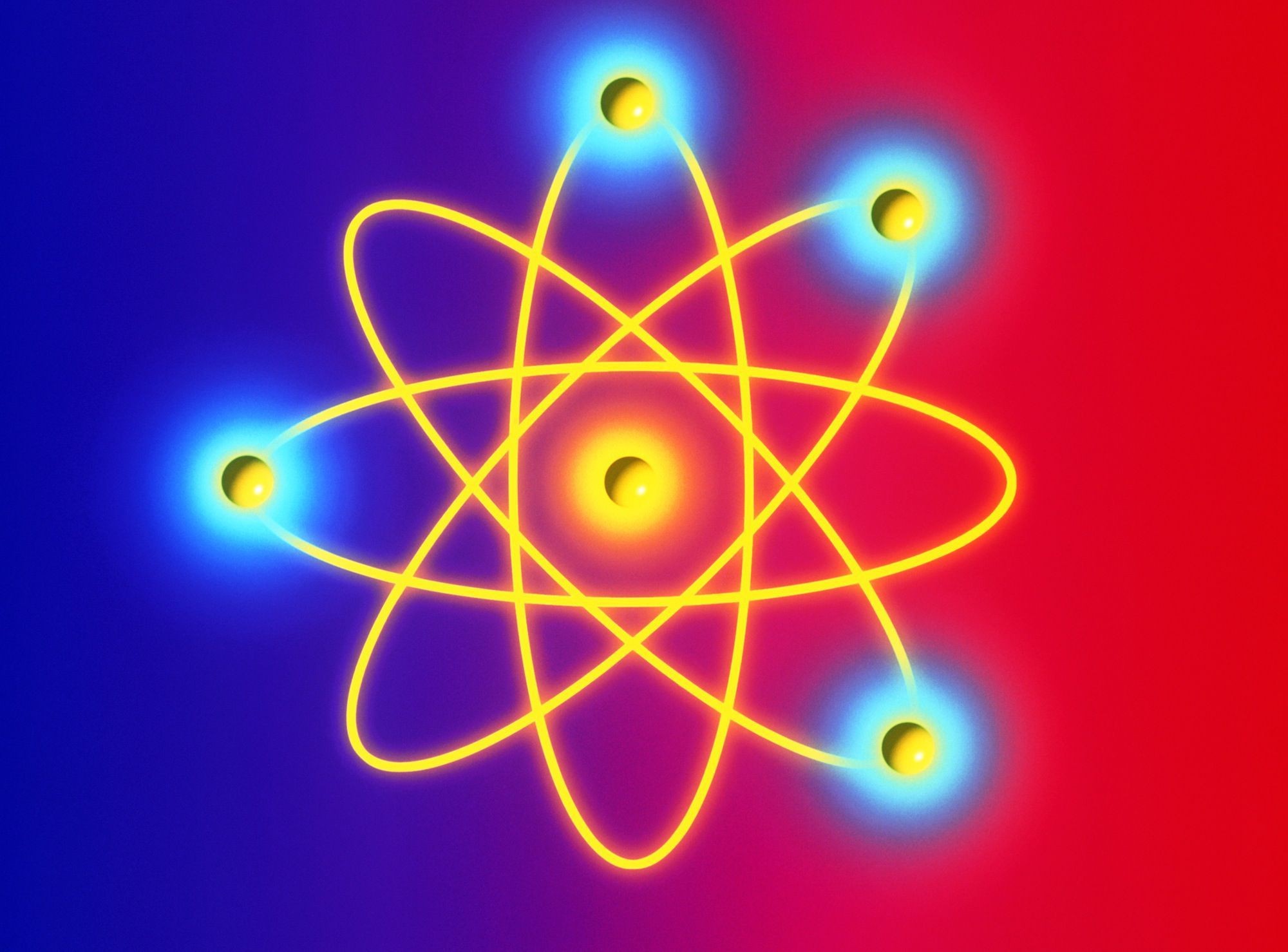-
definition of atomic radius
a measure of the size of an atom
half the distance between the two nuclei of two covalently bonded atoms
-
atomic radii trend across a Period
decrease
-
atomic radii trend down a Group
increase
-
explanation of atomic radii trends
Electron shell theory
-
why does atomic radii decrease across a period
increased positive nuclear charge, greater pull of electrons
-
why does atomic radii increase down a group
increased number off shells, increasing shielding from nucleus, weaker pull of nucleus
-
atomic radii increases sharply between
the noble gas at the end of one period and the alkali metal of the next period
-
explanation for sharp increase between noble gas and alkali metal
alkali metals have one extra principle quantum shell, increased shielding
-
definition of ionic radii
a measure of the size of an ion
-
ionic radii increase with
increasing negative charge
-
ionic radii decrease with
increasing positive charge
-
formation of negative ions
accepting extra electrons only
-
which electrons are held weakly to the nucleus
the outermost electrons
-
the larger the ionic radius, the
greater the negative charge
-
formation of positive ions
losing electrons only
-
the smaller the ionic radius, the
greater the positive charge


